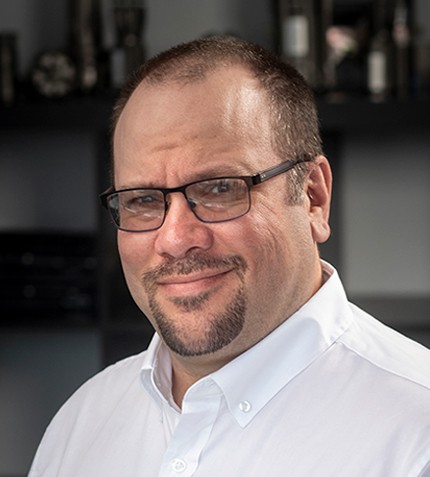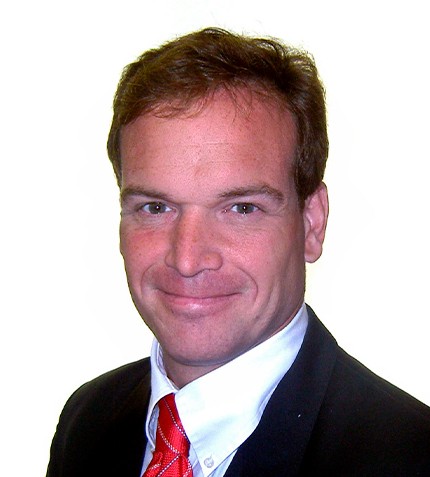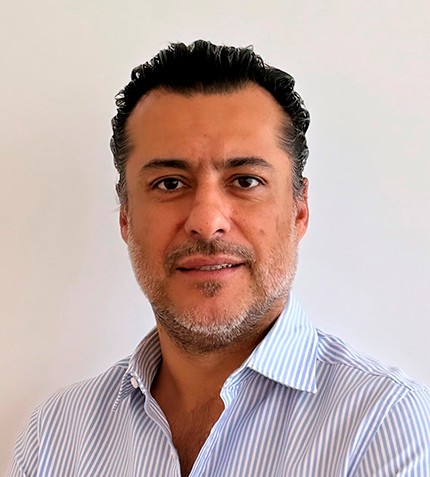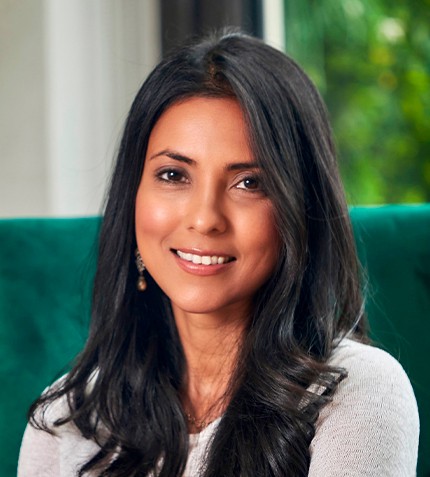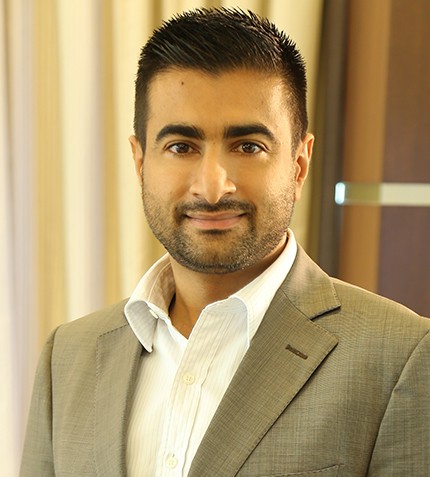
"Upon conclusion of these two projects, Chemaf, our subsidiary in the country, will be one the largest cobalt producers in the world with a production profile of approximately 20,000 t/y cobalt contained in cobalt hydroxide and 75,000 t/y of copper cathode."
Abbas Virji
DIRECTOR, SHALINA RESOURCES & CEO, SHALINA HEALTHCARE
Could you give us a brief overview of Shalina Resources’ history and key assets in the DRC?
Shalina Group has two core businesses: Shalina Healthcare and Shalina Resources. With a history of over 40 years, Shalina Healthcare is the largest pharma company in sub-Saharan Africa, and its very first market was the DRC. Back in 2001-2002, my father Shiraz Virji, the founder of the Group and an entrepreneur by nature, saw an opportunity to diversify the business in the DRC at a time when the country was privatizing the mining industry to meet the loan requirements of various international institutions like the IMF and the World Bank. The first Mining Code was published in 2002, paving the way for private investments. Rather than starting with a mine and then finding a factory to process the output from the mine, Shalina started backwards, investing millions of its own capital into a plant that processed raw materials from nearby mines. In 2006, we acquired the Etoile copper and cobalt mine in Lubumbashi, investing over US$130 million in the asset. As we were growing the Etoile mine, we bought more licenses in the region, today controlling a portfolio of 80 permits. Among these is the Mutoshi copper and cobalt mine in Kolwezi. More than US$300 million of cash generated by the mining Group has been invested into this project, and we’ve recently secured a further US$600 million from Trafigura for the purpose of completing the Mutoshi project as well as developing Etoile Phase ll as an expansion to the current Etoile operation. Upon conclusion of these two projects, Chemaf, our subsidiary in the country, will be one the largest cobalt producers in the world with a production profile of approximately 20,000 t/y cobalt contained in cobalt hydroxide and 75,000 t/y of copper cathode.
Could you elaborate on the recent US$ 600 million financing agreement with Trafigura?
Our relationship with Trafigura, a leading independent commodity trader, goes back more than 15 years. Understanding our culture, Trafigura has supported Shalina Resources with short-term loans between 3-12 months each, but the recent agreement is a huge leap from short-term arrangements to long-term financing for capital projects. The US$600 million is one of the largest single debt-financing for a privately owned business in the DRC and it will allow Mutoshi to come into production by Q3 2023. Mutoshi is a giant with immense upside potential. The more we drill the more resources and reserves we find. The current life of mine for Mutoshi North is projected at 10 years with an annual nameplate capacity of 16,000 t/y cobalt contained in cobalt hydroxide and 50,000 t/y of copper cathode. The life of mine can be doubled with Mutoshi North West and East effectively creating a superpit, but our immediate priority is to optimise the ore body in Mutoshi North so we can commence mining and settle our financing facility. The Mutoshi mine is on track to become one of the largest mechanised copper and cobalt mines in the country and create up to 1,000 jobs.
What is the vision behind your vertically integrated business model?
Shalina Resources is a vertically integrated business from mining to processing and the infrastructure in between. While a lot more common today, 15 years ago we were the first to build a sulfuric acid plant in the DRC in 40 years. Many will think that it’s easier to just import sulfuric acid from Zambia or South Africa, but our philosophy is different: We wanted to invest and create value in the country, to stimulate the local economy and create growth. Business-wise, producing in-country de-risks our operations, particularly in times of supply chain shocks such as during the pandemic. We also build much-needed infrastructure like roads, clinics and schools. Shalina Resources is very different from other majors. Over the past 20 years no dividends have been distributed to our shareholders but the proceeds have been reinvested in growing the mining business in DRC.
What do you think of the DRC as an investment destination and what are some of the challenges you find?
Operationally, the DRC is no different from other African countries. It’s about 2,000km from Dar El Salaam or Johannesburg, but getting goods in or out of the country is still relatively straightforward. The availability of power is comparable to the situation in South Africa, but the DRC’s advantage is that most of its electricity comes from hydropower, a clean source with a low carbon footprint. Also, the mining industry tends to be prioritized for electricity in the country.
Doing business in the DRC can be considered as high-risk but the risks are relative. If you do things with the right intentions, applying a long-term strategy and respecting regulations, risks are minimal. Both the national and provincial administrations are very supportive and they look for investors like us. We are here to develop a sustainable Congolese mining business that benefits our stakeholders, and supports the country to develop. This is the essence of our “Build Africa” motto.
Do you have a final message?
Shalina Resources recently celebrated 20 years since establishing its mineral operations in the DRC and the investments we have in place today set us up very well for the next 20 years of development. We’re very excited for what the future hold for us, for the country, and for its people.




